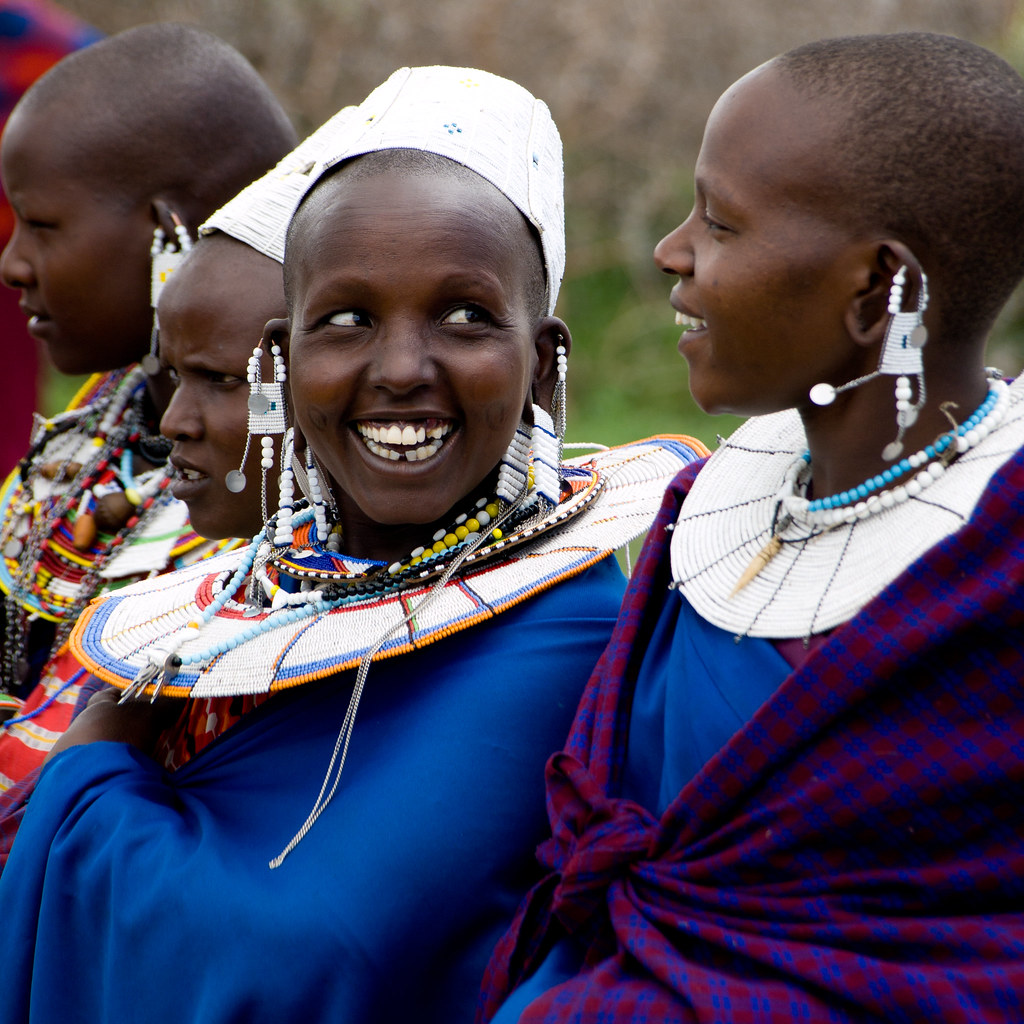A Tale of The Bantu People of Africa (Shona, Zulu, Luba, Sukuma, Kikuyu)

The Bantu people of Africa are Black African speakers of Bantu dialects of several hundred native ethnic gatherings.
The Bantu live in sub-Saharan Africa, spread over a huge region from Central Africa across the African Great Lakes to Southern Africa.
Semantically, these dialects have a place with the Southern Bantoid part of Benue Congo, one of the language families gathered inside the Niger-Congo phylum.
It is by and large acknowledged that the Bantu-talking people groups started from West Africa around 4,000 years ago, in spite of the fact that there is less settlement on the specific purposes behind and course of their extension.
The absolute number of dialects ranges in the hundreds, contingent upon the meaning of “language” or “vernacular”, assessed at somewhere in the range of 440 and 680 particular dialects.

Also Read: A Tale of the Moors, the Black Muslims of Northwest Africa Who Ruled Spain and Portugal
The absolute number of Bantu individuals (speakers) is about 350 million as at 2010.
Around 60 million speakers, separated into exactly 200 ethnic or ancestral gatherings, are found in the Democratic Republic of Congo alone.
Bantu people group have a population of hundreds of millions, for example the Shona of Zimbabwe are more than (12 million), the Zulu of South Africa (12 million) the Luba of the Democratic Republic of the Congo (7 million), the Sukuma of Tanzania (9 million), or the Kikuyu of Kenya (7 million).
Bantu People Culture
Until late, the Bantu-talking people groups were frequently isolated into various families.
The littlest unit of the political hierarchical construction was the family, or Kraal, comprising of a man, lady, or ladies, and their kids, as well as different family members residing in a similar family.
The man was the top of the family and frequently had many spouses; and was the family’s essential agent.
The family and close relations for the most part assumed a significant part.
Families that lived in a similar valley or on a similar slope in a town were likewise a hierarchical unit.





